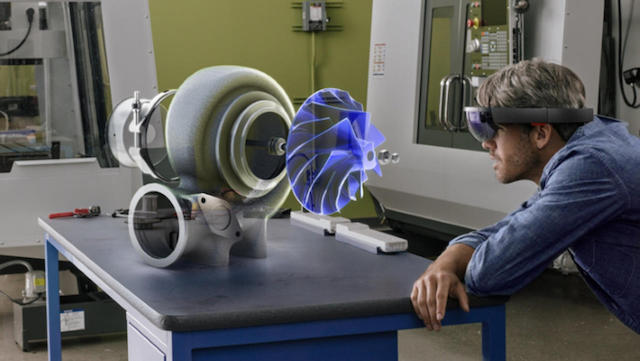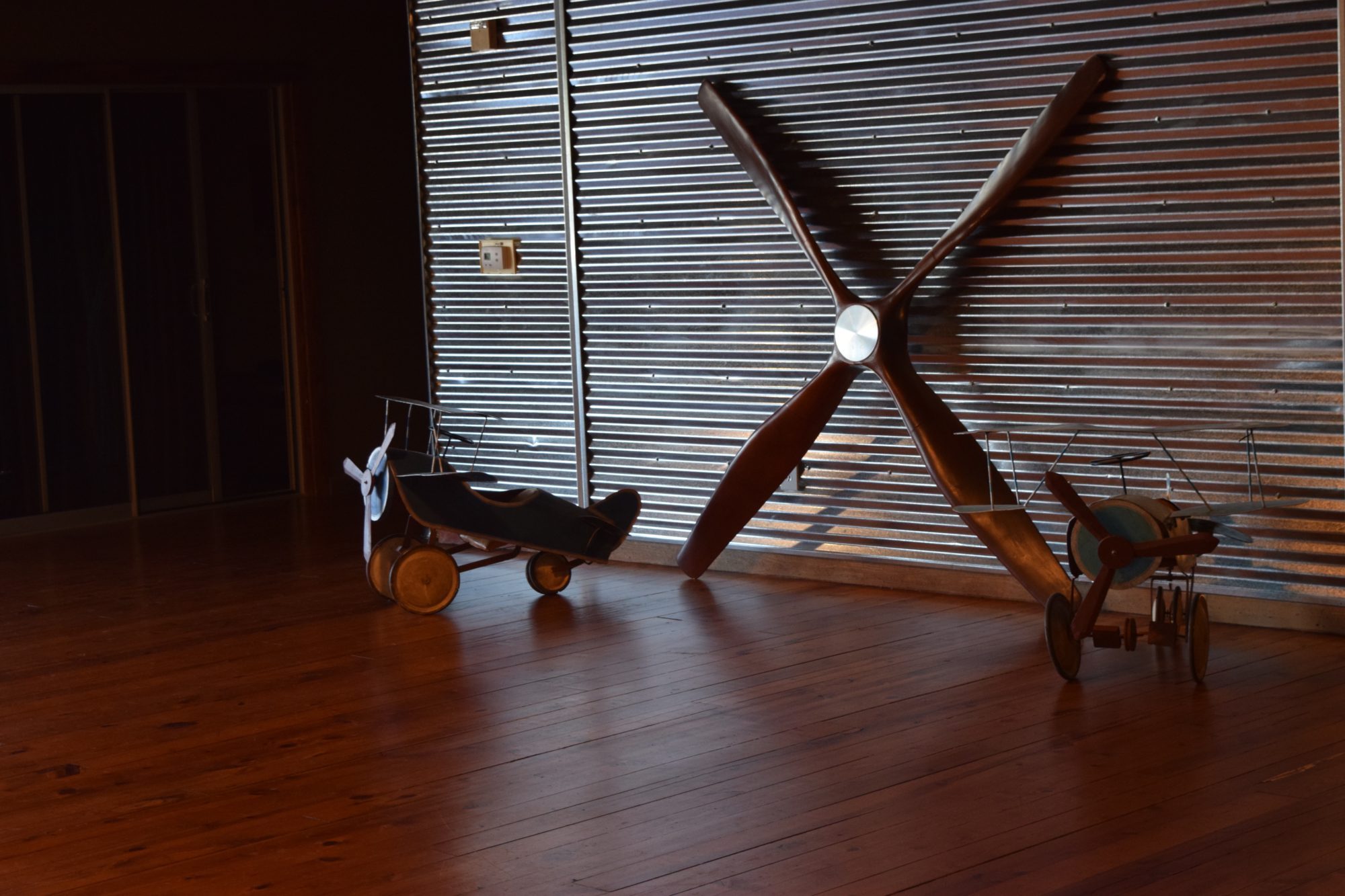
Extended Reality (XR) is a relatively new term for most of us, but is quickly becoming a must know term for sales and marketing organizations. XR refers to any of the following: Augmented Reality (AR), Mixed Reality (MR) and Virtual Reality (VR).
These are all combinations of real world and/or virtual world combined-environments and human-machine interactions generated by computer technology and experienced via wearable technology such as a headset featuring video glasses.
Companies are now using AR/MR/VR technologies internally for training and educating their employees and externally for sales and marketing to their customers. Several well-known aviation companies are among those pioneering these technologies*:
- Pratt and Whitney is investing in virtual reality engine maintenance training;
- Bell Helicopter sees “pilots of the future controlling the aircraft with the aid of augmented reality and an artificial intelligence computer assistance system”;
- Japan Airlines is experimenting with the use of Microsoft’s HoloLens VR headset for (certain) maintenance operations;
- Other aviation early adopters of XR technologies include Air France, Air New Zealand, Airbus and Boeing.
(Of course, these technologies are now being used in many other industries, e.g. Volkswagen is planning to train 10,000 employees this year alone using Virtual Reality.)
Sales-enablement stands to gain a massive boost from an XR content strategy via its inherent ability to captivate 100% of the viewer’s attention while delivering key messaging and benefits. This – all while the customer experiences a product supremely better than anyone could by simply describing it.
Is Extended Reality – in one or more of its guises – something your aviation company should at least explore to begin learning about the benefits of what XR can offer? If you decide the answer is “yes”, let us suggest five things you should know:
1. Virtual Reality (VR) is best known for creating an artificial environment for the user. This means that the user feels that they are inside of the world that they see through their headset. In the simplest of forms, 360º VR videos can transport people to various locations. It is best used for allowing a user to tour a facility or location – or the interior of new business aircraft – without physically going to that spot.
2. More robust VR, or real-time render VR experiences, allows a user to fully interact within the VR world through the use of hand-held controllers. Room-Scale experiences allow a user to walk throughout a physical space, while seeing a digitally represented world. Via the controllers, users can then interact within the world. Introducing additional levels of haptic feedback (i.e., recreating the sense of touch by applying forces, vibrations or motions to the user) can create a more sophisticated and believable experience.
Having a real-time rendered experience opens the doors for training and product configuration, and multi-person experiences allow for collaborations between remote teams in a VR space – showing potential, for example, for MRO training or dealing with an AOG situation in which the “field personnel” are working with the command center via real-time VR.
3. The cost for high-end VR headsets and the PC hardware needed to drive these headsets continues to get cheaper and the quality gets better. Within this year, for example, you will be able to purchase a top of the line HTC Vive Pro headset that no longer needs to be tethered to a high-end PC, enabling a greater range of movement without being physically connected to a PC.
4. Augmented Reality (AR) simply displays digital content while looking at your real physical world through a headset lens or screen. Sophisticated AR has often been seen through the lens of Microsoft’s Hololens and Metavision’s Meta 2 headsets. However, that is changing.
In 2017, Apple and Google released their AR frameworks, “ARKit” and “ARCore,” respectively, which enable your mobile phone’s camera to utilize SLAM (Simultaneous Localization and Mapping) technology. SLAM technology is a process whereby a device can create a map of its surroundings, and orient itself properly within this map in real time. Now that your camera can act like a 3d scanner, it can display content without a physical marker or tag to orientate the content.
With the introduction of SLAM to both Apple iOS and Android devices, there are now nearly 1 billion devices that can display sophisticated AR content. This is a game changer because nearly everyone has a device that can now utilize this technology.
Through an AR enabled phone, a person can see robust and interactive 3d models, information, and data displayed within their own world. By applying machine learning or artificial intelligence, AR can now deliver powerful experiences while users remain aware of their own surroundings.
5. Commercial investment in unique XR solutions and hardware will outpace consumer spending in 2018 for the first time with 60% ($4.1 billion) of total spend led by the Transportation and Retail sectors. Major players in each sector see opportunity in centralizing information (employee training, sales-enablement tools, marketing) and delivering these key functions to their employees or customers in the form of an experience that engages, entertains, and upgrades messaging like never before.
The development is also becoming more mainstay as tools and production pipelines are established, bringing down the costs. Technologies to enable these XR (AR, MR, VR) experiences can now be affordably licensed instead of having to be developed from the ground up.
In sum, the family of XR technologies offers tremendous opportunity to business aviation, whether in marketing and sales (e.g. aviation trade shows, customer events, even ad hoc sales pitches), employee training, or field personnel-command center coordination. If you are interested in a discussion on how XR could aid your business aviation firm, please get in touch with us.
(WRG Aviation is a business aviation marketing consulting and communications firm; Groove Jones, provider of the overview of current Extended Reality capabilities, is a technology company that provides software solutions to marketing and training companies to engage with their audiences. They work with numerous Fortune 1,000 companies on their AR and VR initiatives. Visit www.groovejones.com for more information.
* http://www.aviationtoday.com/2017/08/24/9-companies-using-augmented-virtual-reality-aviation/
